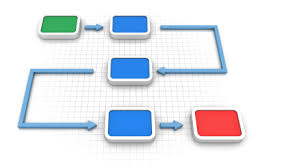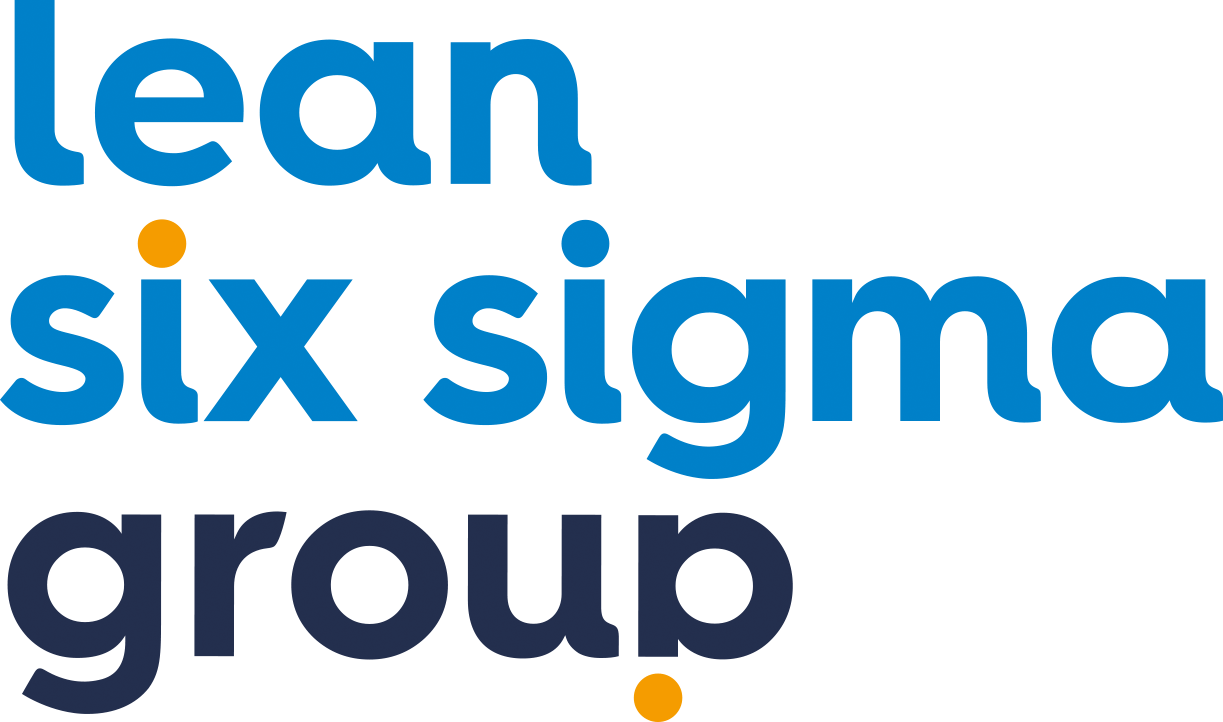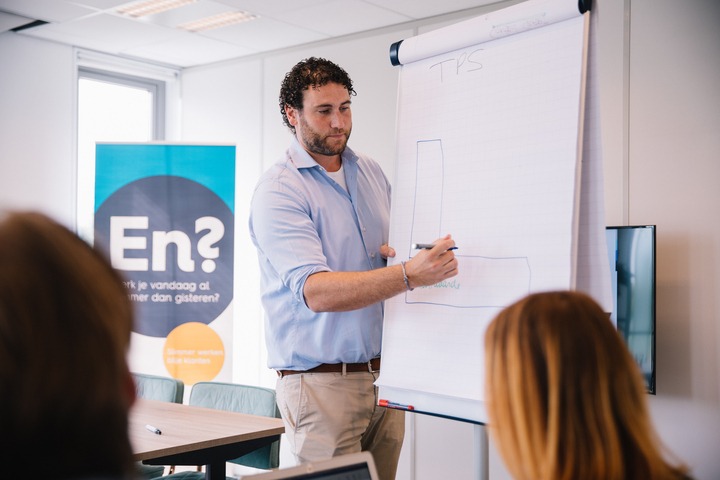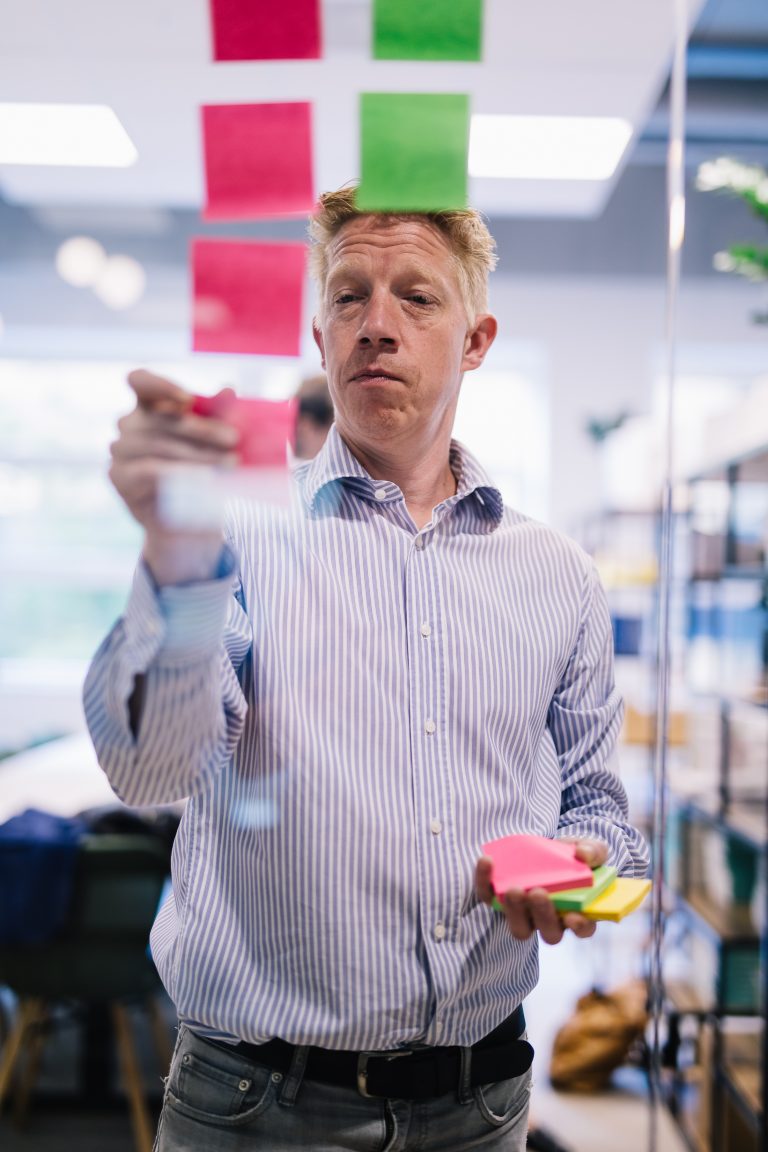Many organisations have already benefited from Lean. Lean, in fact, eliminates all wastes from all imaginable process with the aim of shortening the period between customer order and end product.
In Lean, it is also important for the focus to be on the customer. With such focus in place, the six steps being discussed can form a solid foundation for all organisations or persons aiming to implement Lean. And you will immediately have a grasp on the Lean way of thinking:
- Value
- Value Stream Mapping
- Flow
- Pull
- Improvement
- Repetition
In Lean thinking, the added value of the product is central. This value is determined by the needs of the customer, not by surplus tasks performed by the manufacturer. You see, the customer is only willing to pay for processes that contribute to a product that conforms to his specifications.
1. Value
So value is determined by customers who want to buy a well-performing product at the right price. This means that Lean organisations must arrange their processes in such a way that no waste occurs, which would otherwise be charged to the customer.
Because we link the term ‘value’ to the specifications of the customer, the below questions can help us identify the value:
- What problem does the customer have?
- Are the needs of the customer clear?
- What are the benefits for the customer and for the organisation?
2. Value Stream Mapping
Once the value for the customer has been determined, the following Lean step can be taken, i.e. the definition of the right process. The right process is one that only adds value to the product and hence conforms to the specifications of the customer. In other words, a process without wastes. The Value Stream Map can be of aid here and consists of three categories:
- Processes that create value. These involve all the steps that are necessary in order to shape the product and move closer towards the end product.
- Processes that do not add value but are necessary. All processes involve activities such as transport, checks and waiting times.
- Processes that do not add value and can be eliminated. All activities that do not fall within the above categories.

Although processes that do not create value should actually be eliminated, processes that do not add value but are important can be re-evaluated and improved. A Value Stream Map is useful in such a case. It can be used to take a closer look at every step in the process in order to decide whether or not it adds value.
Questions to ask during this step include:
- What problems have been found that negatively affect the process?
- Do you know where these problems come from?
- What effect do these problems have on the customer?
3. Flow
Process wastes have already been identified and eliminated in the previous steps. The third step in Lean focuses on a fast flow of products. This can be achieved by physically tracking the process and noting the distances travelled by the product within it. The distances that are found to be excessive can subsequently be eliminated or shortened.

The 5S method is often applied during this third step. This is a method that helps organise the workplace. It is often the foundation of a Lean organisation and involves the following steps:
- Sort
- Sustain
- Shine
- Standardise
- Systematic Arrangement
Evaluation questions to ask here include:
- Has all (possibly unnecessary) movement been logged?
- Have all steps that do not add value been identified and eliminated?
- Has 5S been integrated in the right way?
4. Pull
The benefits of the initial steps lead to greater production in the organisation, with every step adding value to the end product. Greater production also results in more stock, which in turn forms one of the 8 wastes in Lean. This is because every product that is not sold immediately – and therefore stagnates in storage – is considered a waste. To solve this problem, step 4 either restricts the supply or increases the sale of products (pull).
Adjusting the production system in such a way that supply is equal to demand is a good way of combating waste. This so-called ‘pull system’ involves only replacing or manufacturing products on the basis of sales.
5. Improvement
Continuous improvement is a Lean legacy. Organisations must therefore strive towards this. The goal is to always have the ideal system in place for the product offered by the organisation. And to improve the current system. This is also known as Kaizen.

6. Repetition
This final step serves as confirmation of all the previous steps that have been implemented. Here, the progress that has been made is evaluated. And whether the same procedures and tools can also be applied to other processes (the key principle) is also considered. The greatest advantage of this step is the fact that all time spent on analysis during the first process can be recouped during the subsequent processes.



